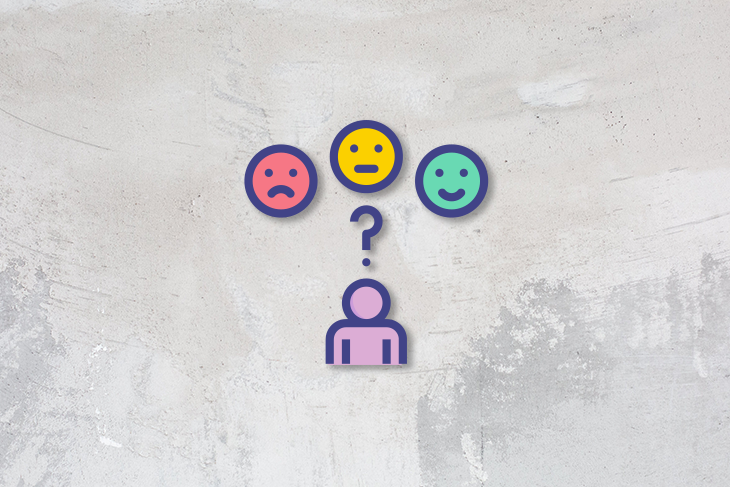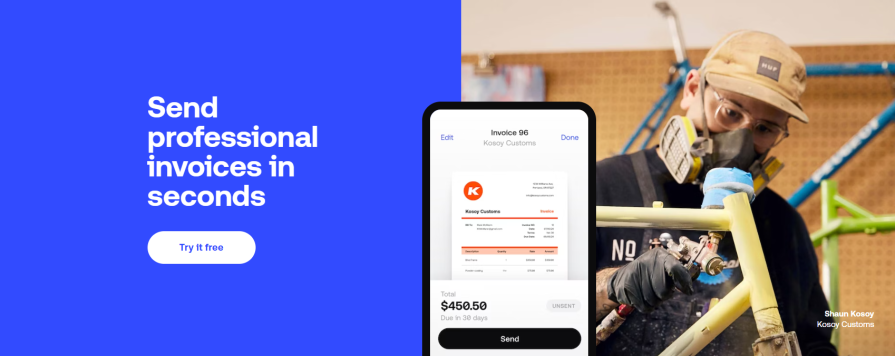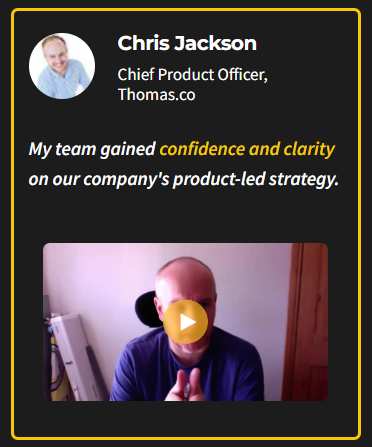Jobs-to-be-done is undeniably one of the most widely adopted and useful frameworks ever developed. Yet, most product managers don’t get the most out of it.

Product people tend to oversimplify the framework by focusing only on the most straightforward part: customers’ functional jobs. It stops them from fully realizing the true potential of the framework.
In this article, we’ll dive deep into three categories of jobs-to-be-done — functional, emotional, and social jobs — and demonstrate how understanding them can help you build better and more differentiated products.
The jobs-to-be-done framework, or JTBD for short, is a business theory stipulating that consumers don’t purchase because they want a product; they purchase because they want to fulfill a specific job they have.
Harvard Business School professor Theodore Levitt once said: “People don’t want to buy a quarter-inch drill. They want a quarter-inch hole to hang a picture frame.”
Focusing on jobs users want to achieve changes the optic through which we look at our customers and our product:
Although the job-to-be-done philosophy is widely adopted, there’s one caveat: most product people tend to overindex on functional jobs people have, often neglecting their emotional and social needs.
To truly benefit from the JTBD framework, we must deeply understand and act on all three types of customer jobs:
Let’s first dig deeper into three types of jobs customers want to fulfill.
I’ll put more focus on emotional and social jobs, as most product managers tend to understand the functional aspect pretty well.
Simply put, functional jobs focus on the tangible outcome the customers want.
Let’s take an online course as an example. What functional jobs does it help the user achieve? It helps them grow their knowledge and expertise. Similarly, people buy cars to fulfill their functional need for transportation between points A and B.
To identify functional jobs, ask yourself: what is the desired outcome that your customer wants to achieve?
The truth is, purchasing decisions are driven heavily by emotions. Emotions keep people moving forward. Whether you acknowledge it or not, each purchase fulfills an emotional need you have. It’s more apparent in some cases, while in others, it might be more subconscious.
Let’s revisit our online course example. People don’t buy them just for the sake of knowledge. They often want to:
The trick is that the same product, targeting the same functional job, might address different emotional needs. For example, all cars address the functional job of getting from place A to place B, but:
The same category of product, and the same functional job, yet they target entirely different emotional needs with different types of offerings.
To identify emotional jobs, ask yourself: how do your customers want to feel, or what feeling do they try to avoid when using your product?
Don’t neglect the social aspect of making a purchase decision. After all, humans are very social creatures.
We often want to feel good in front of our colleagues. It’s not only about just impressing others; social jobs are often strongly connected to our emotional jobs.
For example, we buy online courses to build confidence (emotional jobs). But for that confidence to come, we often need our peers to acknowledge our knowledge and contribution (social jobs).
When you purchase a product analytics platform, you probably not only want to analyze your users’ behavior (functional job) but also hope that the insights you get will help you impress leadership with your inputs and analyses (social jobs).
To identify social jobs, ask yourself: how does your product impact how your customers are perceived by others?
We’ve covered the theory behind functional, emotional, and social jobs. Now let’s see how we can use it to ship better products.
Because most product people don’t have much of a problem identifying and acting on functional jobs, I’ll focus on explaining why you should also include emotional and social ones in the mix.
Odds are, there’s a lot of competition on the market that targets the same functional job as you do. It’s close to impossible to differentiate purely on a functional basis. However, potential buyers with varying emotional and social needs open additional options.
Let’s use examples of products that help you easily draft and send various documents to your clients, such as contract proposals, notices, etc.
While the functional job is quite straightforward, different segments of users will have different emotional and social jobs to be done. There is probably a segment of corporate heavy users that highly values a piece of mind (emotional job) that they didn’t forget about any client, as well as a segment of freelance professionals who, first and foremost, want to be perceived as professionals in their craft (social jobs).
These segments require a different product! For corporate-heavy users looking for a piece of mind, you’d likely focus on reminders, scheduling delivery, and clear history of sent documents. On the other hand, freelancers wanting to look professional would appreciate the ability to add custom branding, receiver logos, and maybe even the ability to include a hyperlink to their portfolio and references on the document.
Understanding various audiences’ emotional and social jobs will help you identify unaddressed needs and tailor your product to win them over the mainstream competition — which, although addresses the same functional job, doesn’t necessarily nail particular segments’ emotional and social jobs.
Communication focused on functional jobs is bland. The best calls to action, landing pages, and advertisements not only explain what the product does (functional job), but also build on the buyer’s emotional and social needs.
For example, Invoice2go identified that its target audience values being perceived as professional (social job) more than anything else. So it doubles down on this in various communication touchpoints:

Invoice2go even uses “Send professional invoices in seconds” as its main slogan. As much as “professional invoice” might seem an odd phrase for some, it does the job of attracting the audience Invoice2go wants: customers who value being perceived as professionals.
Social and emotional jobs address all forms of communication with users. It can even help you choose the best testimonials on your landing page:

For example, product-led.com identified that people who buy their courses often do that because they lack confidence in understanding the product-led growth model, so they highlight relevant testimonials to cater to that emotional need. Random testimonials would likely be less effective if they didn’t truly nail the jobs potential buyers want to achieve.
Jobs-to-be-done can quickly help you filter through numerous potential solutions and focus only on those that truly matter.
Instead of evaluating each solution through the lens of “would it solve the problem?” you can go a layer deeper and ask:
This will help you narrow down the list of potential solutions to those with the highest chances of winning your audience’s hearts. After all, the best solutions target all users’ jobs, not just the functional ones.
Deeply understanding your customers’ functional, emotional, and social jobs to be done might be a breakthrough moment for your product.
It can also significantly improve the trajectory of your career. Most product managers are still focused purely on the functional aspects of the product. Including your users’ emotional and social needs in your decision-making process can help you excel in areas other PMs miss.
When everyone else focuses on functional jobs, differentiate yourself by diligently working on your customers’ emotional and social needs. Ask yourself:
Then, adjust your product strategy and communication approach to accommodate all three categories of needs. You can also use these to filter through ideas and focus on those of the most promising ones.
The effectiveness of these jobs, however, depends on their accuracy. You must constantly talk to your users to understand these jobs and how they change over time. You can’t “ideate” what jobs users want to achieve during a brainstorming session in a closed room.
Featured image source: IconScout

LogRocket identifies friction points in the user experience so you can make informed decisions about product and design changes that must happen to hit your goals.
With LogRocket, you can understand the scope of the issues affecting your product and prioritize the changes that need to be made. LogRocket simplifies workflows by allowing Engineering, Product, UX, and Design teams to work from the same data as you, eliminating any confusion about what needs to be done.
Get your teams on the same page — try LogRocket today.

A practical framework for PMs to use AI in ideation without sacrificing judgment, strategy, or decision quality.

A practical five minute revenue estimation method to help product managers compare ideas, drop low impact features, and prioritize smarter.

A practical guide for PMs who want to stop being bottlenecks, delegate smarter, and lead teams effectively with a clear ownership framework.

Stop letting unreliable data block features. Treat data as inventory to track quality, ownership, and ship with confidence.